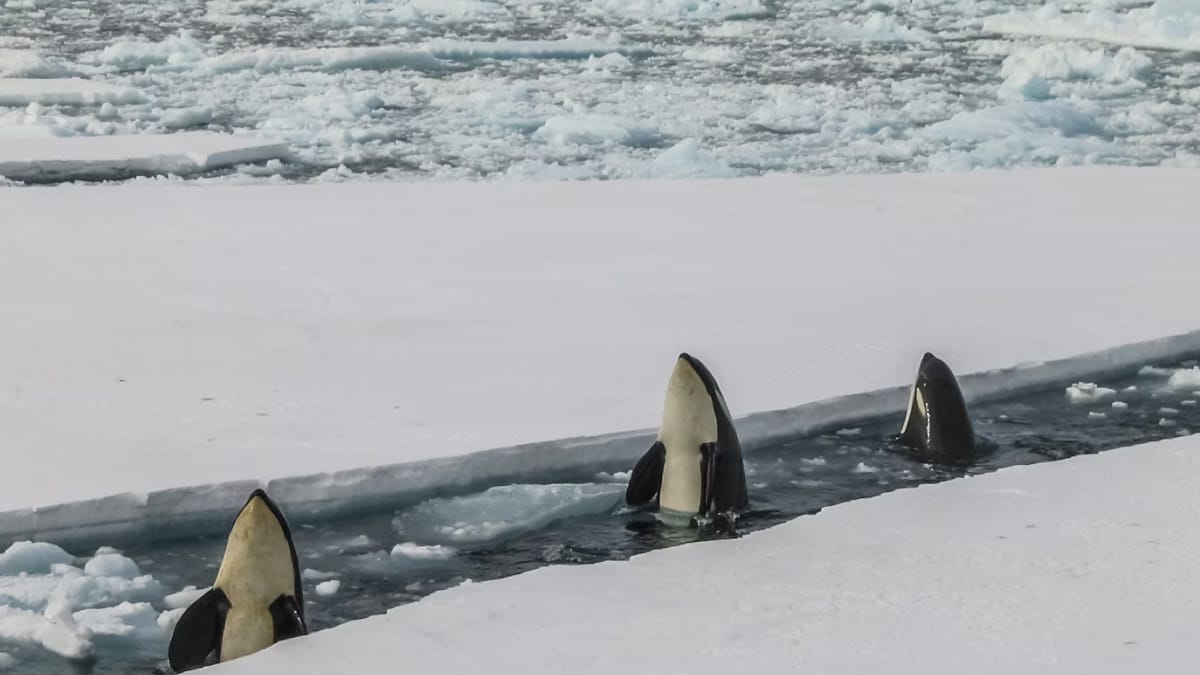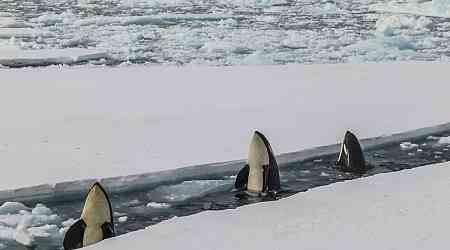Antarctica, now a vast frozen continent, was not always covered in ice. Around 34 million years ago, during the Eocene-Oligocene boundary, the continent was ice-free. According to Eric Wolff, a paleoclimatologist from the University of Cambridge, Antarctica resembled northern Canada with tundra and coniferous forests before it froze. The shift to ice began due to a drop in carbon dioxide (CO2) levels and the separation of South America from Antarctica, which opened the Drake Passage and isolated the continent, causing it to cool.
The Role of Carbon Dioxide
The drop in CO2 levels played a crucial role in freezing Antarctica. Tina van de Flierdt, a geochemist at Imperial College London, explains that the CO2 levels were significantly higher, around 1,000 to 2,000 parts per million 50 million years ago, according to a Live Science report. As CO2 levels decreased, global temperatures dropped, allowing ice sheets to form. This cooling was essential for the transition to the frozen state we see today.
Impact of Tectonic Movements
Alongside the CO2 drop, the separation of South America from Antarctica triggered changes in the continent's climate. The formation of the Drake Passage allowed a circumpolar current to develop, preventing warm air from reaching Antarctica. This contributed to the continent's cooling, as explained by Eric Wolff.
Oxygen Isotopes and Ice Formation
Scientists study oxygen isotopes in marine sediments to track Antarctica's ice formation. By analysing the ratio of oxygen-16 to oxygen-18, they can estimate when ice sheets first appeared on the continent. This method provides insight into how Earth's climate changed millions of years ago.
Will Antarctica Be Ice-Free Again?
Tina van de Flierdt reportedly warns that although the complete melting of Antarctica's ice is unlikely, we should strive to limit the current ice loss caused by human activity.
































